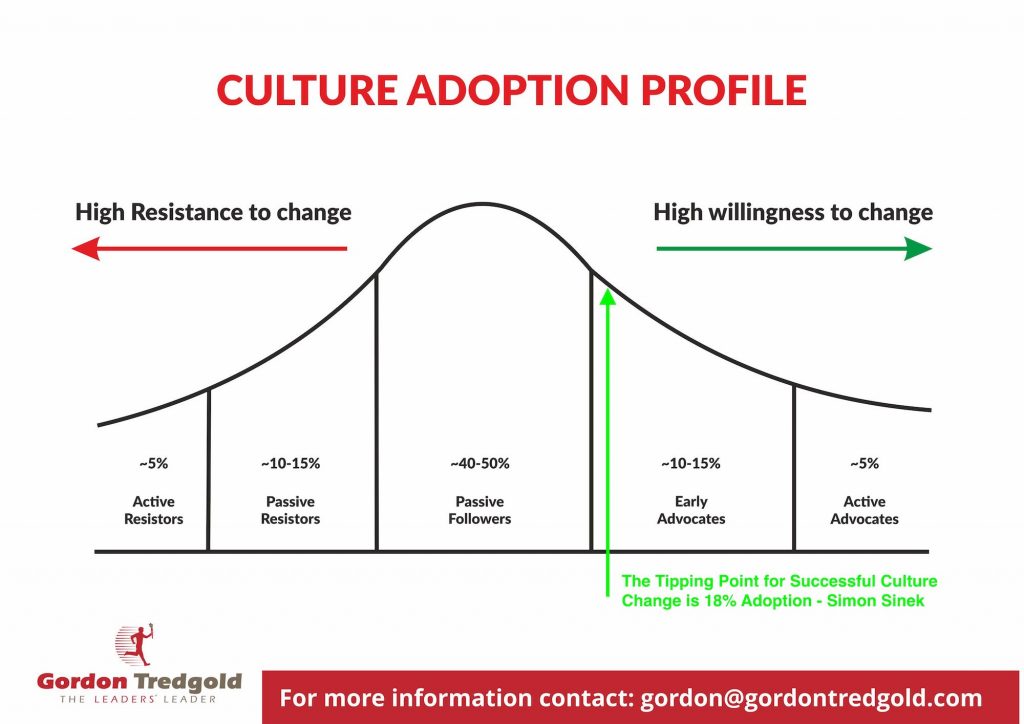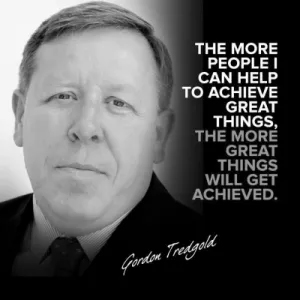
Driving change is hard. In fact, it’s probably one of the hardest things any leader in business has to do, and I know several who will move heaven and earth to avoid.
But unfortunately, given the increasing rates of change and the level of disruptions that business are facing it is something the majority, if not all leaders are going to have to face.
The failure rates for change are staggering, whether it be Digital Transformations, Customer Experience Initiatives or just changing the way you do business.
When I ask leaders what is the number one challenge they face when driving change the most common answer I hear is overcoming the resistance of the people.
There are 2 things that we need to understand here if we want to be successful.The first is that resistance to change is a reality, there always has been resistance to change, and sadly there always will be.
Secondly, and less well known, or possibly understood, is that it resistance doesn’t matter.
Now I need to caveat that by saying that this applies if the change is a good idea, if it’s truly a bad idea the resistance will be overwhelming, but for good ideas not so much.
And this is where many leaders go wrong, they see overcoming change as one of the biggest issues to overcome, and then focus to much effort and energy on trying to convert those resistors, looking to get their buy in to the project or initiative.
But the reality is, that all changes there will be some core die hards that will never accept the change, get on board with it or be happy with it, and the majority of the effort spent trying to convert them is just wasted effort.
When it comes to driving change, in order to be successful there is a tipping of around 18-20% of your organisation that you have to have buy into the change in order to make it successful. When you get to 18% buy in this will help create the momentum and get the change over that initial inertia.

The culture/change adoption profile for any organisation is very similar to the diffusion of innovation bell curve. You have your active advocates, early adopters and then at then other end the active resistors.
If you only need to get to 18% to drive change, then any efforts should be focused on the right hand side of the curve. Because people are going to be more open to the change, easier to convince and most importantly, sufficient to get you to that tipping point.
And once you achieve the tipping point, the need to convince those active resistors is going to be less important. Why? Because you have already achieved sufficient momentum to help drive the change and your advocates will help get the passive followers on board.
Now that doesn’t mean you should ignore some of the reasons as to why people are against the change, as you might have to address those. But you shouldn’t waste time trying to convince the resistors.
When driving any change there are three things you need to ensure
If you do that, then you will ensure that you are on the right path, with the right people and they will help give you the best chance of success.
If you want to know more about driving change and how to deliver success click the link to arrange a sessions to see how I can help.
